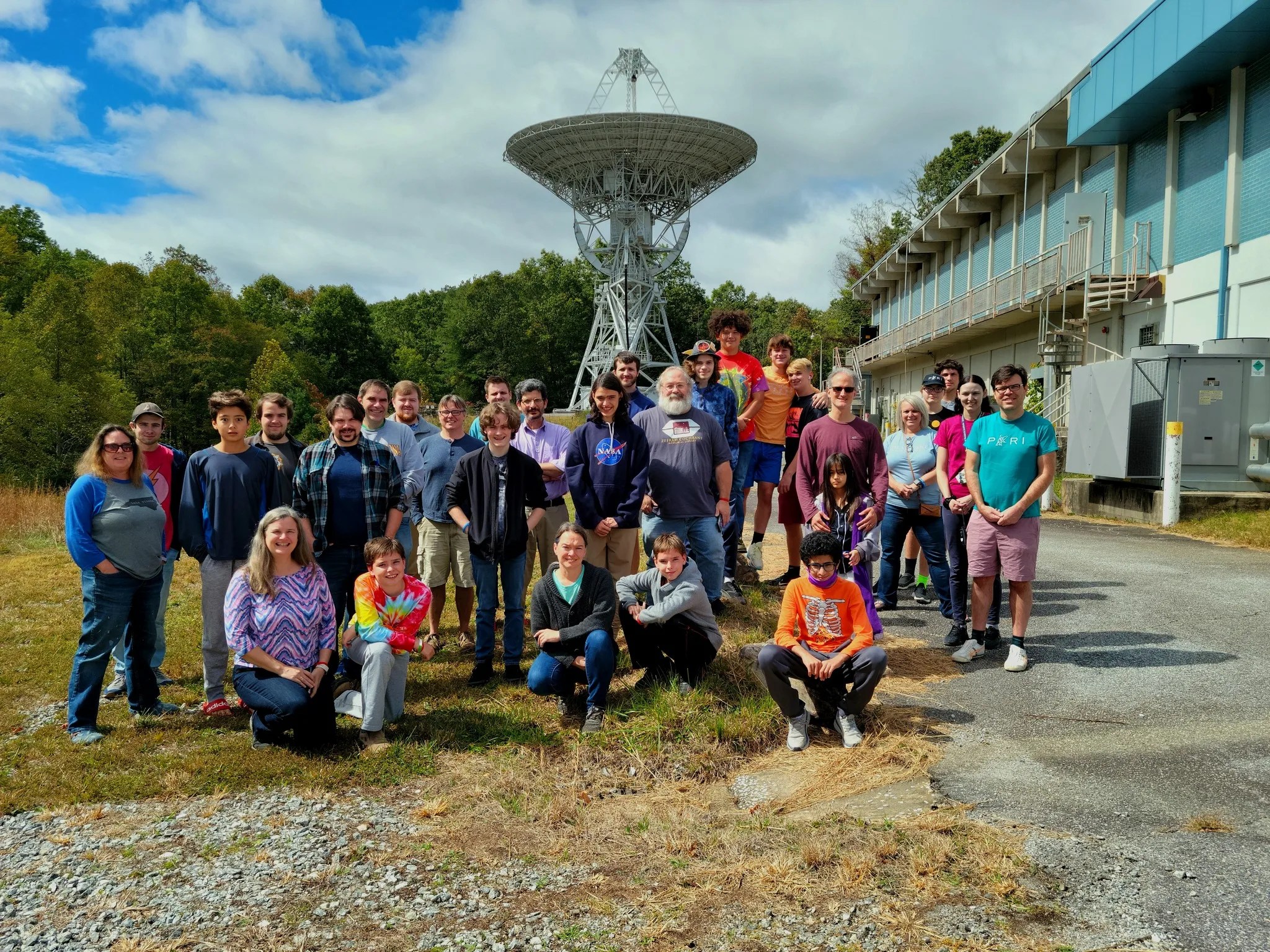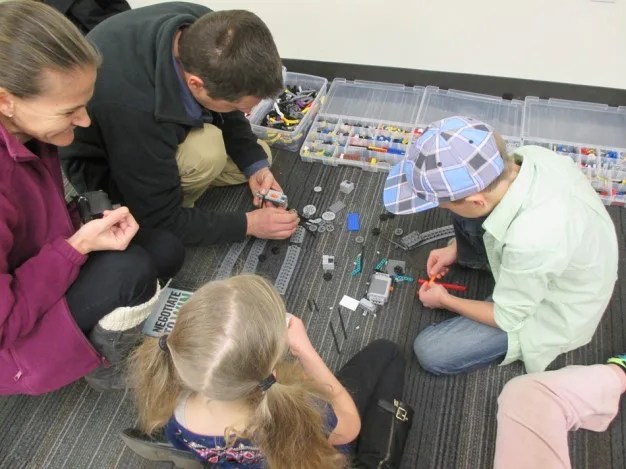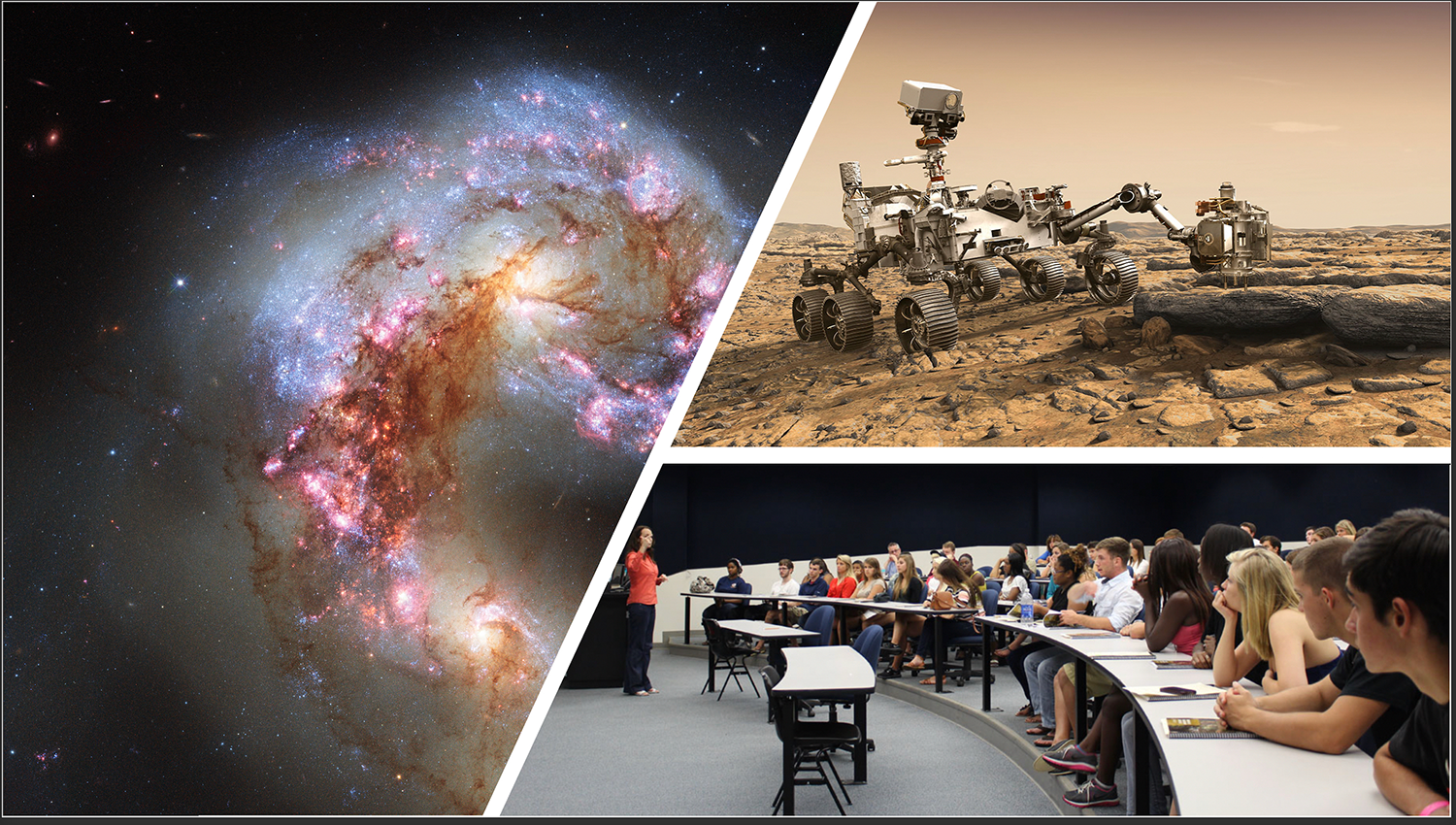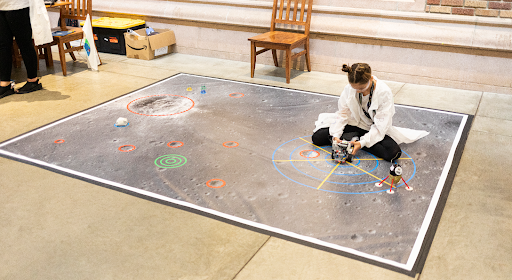Smoky Mountains STEM Collaborative
Developing a southern Appalachian STEM education ecosystem that engage learners in science.
Team Mission
The Smoky Mountains STEM Collaborative is a STEM education ecosystem project serving learners in the southern Appalachians of western North Carolina. We work with learners from a diverse population, including enrolled members of the Eastern Band of the Cherokee Indian and many first generation college students. These learners are underrepresented not only in STEM fields, but higher education in general. Our continuing mission is to expand and engage the region's public schools, tribal schools, community colleges, and universities in a cohesive, learner-centered STEM ecosystem that leverages Subject Matter Experts (SME's) and science centers to achieve NASA's mission to help learners of all ages do science in their own communities.
A major part of improving scientific literacy and activating a learner’s interest in STEM is to make it accessible to them. This is true for all ages and so in every program or event we are a part of; I strive to deliver a message that science is not done by faceless drones in white coats and goggles in some distant clean room. I remind them we are all scientists and can engage in science in ways that are meaningful to our community and country whether at work, at school, or at home.Take time to debrief after success or conflict. Listen, then restate messages to make sure they're understood.

What does your team hope to achieve?
Having established the project within the region as a valued and reliable resource for NASA content, including resources and subject matter experts, we look to expand into new areas of the community, bringing the fruits of Science Activation 1.0 cross-collaborations into the region. Utilizing existing partnerships (such as the AREN Project, Arctic and Earth SIGNs, and GLOBE) and introducing new collaborations such as the SciAct STEM Ecosystems project, we will continue to bring the best available opportunities to our rural community, proving STEM activation is possible at all levels in any area.































